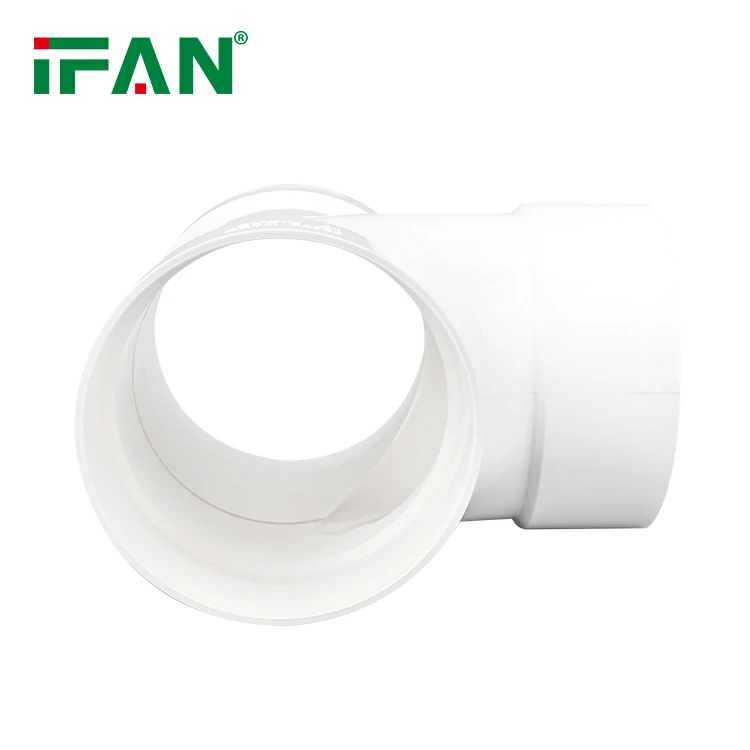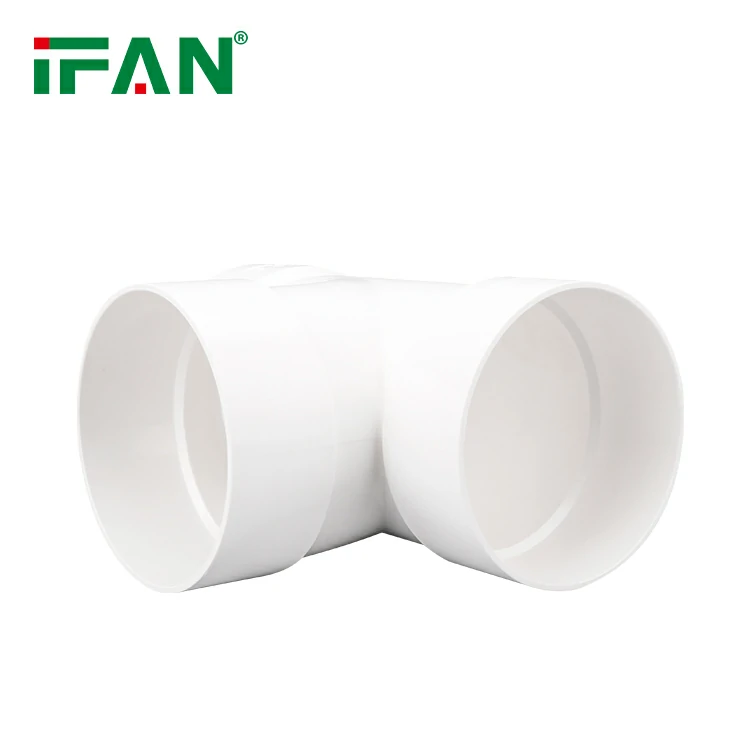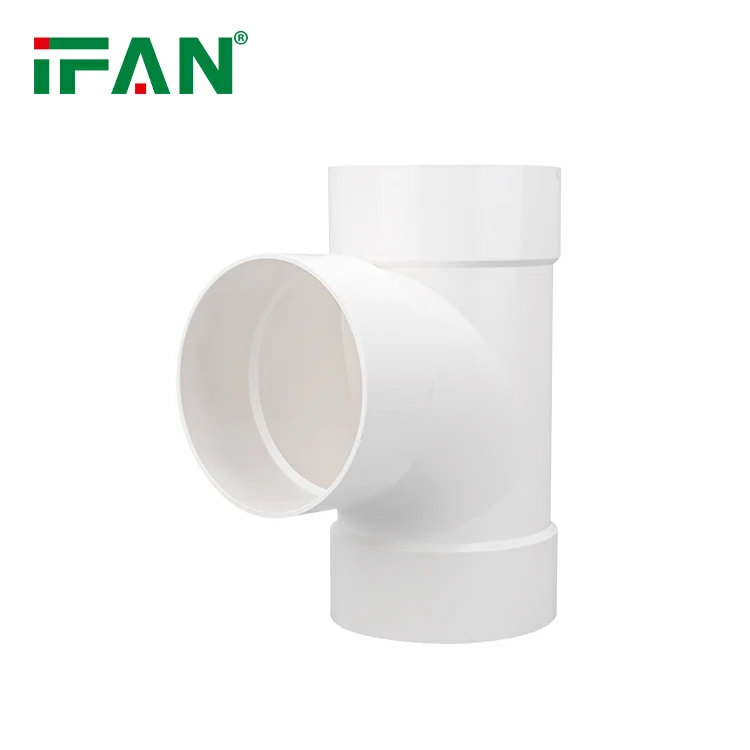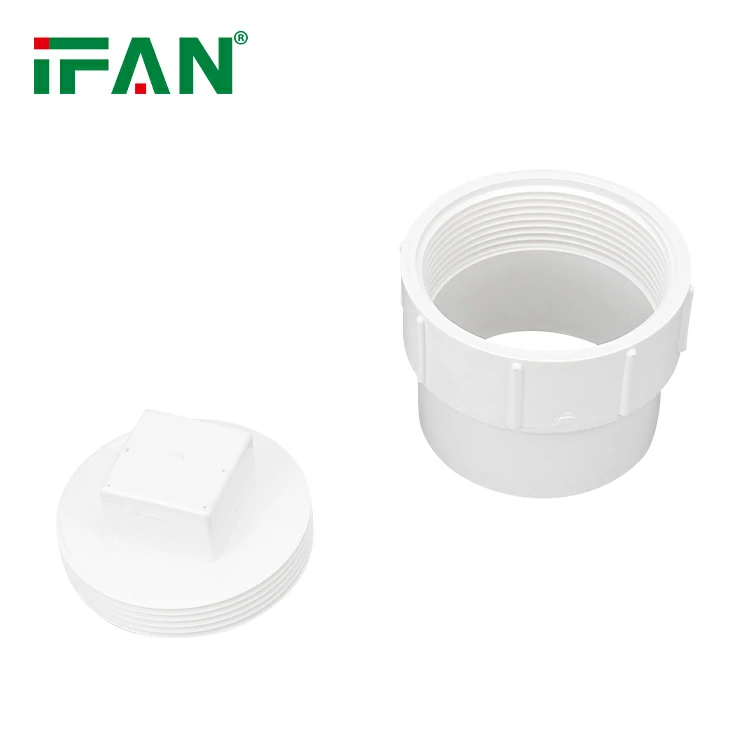Understanding the pressure limits of PEX (cross-linked polyethylene) fittings is crucial for ensuring the safety and reliability of plumbing systems. This detailed analysis explores the factors that determine the pressure capacity of PEX fittings, the industry standards, and the typical range of pressures that PEX fittings can handle.
Factors Affecting the Pressure Capacity of PEX Fittings
Several factors influence the pressure capacity of PEX fittings:
- Material Quality: PEX fittings are manufactured using high-quality materials that meet industry standards. The quality of the material plays a significant role in determining the pressure capacity of the fitting.
- Fitting Design: The design of the PEX fitting, including its shape, size, and structure, affects its ability to withstand pressure. Fittings are engineered to distribute stress evenly and maintain the integrity of the connection.
- Temperature: The temperature of the water flowing through the PEX system can impact the pressure capacity of the fittings. Higher temperatures may reduce the overall pressure capability.
- Installation Technique: Proper installation techniques, such as using the correct tools and following manufacturer guidelines, ensure optimal performance and pressure resistance.
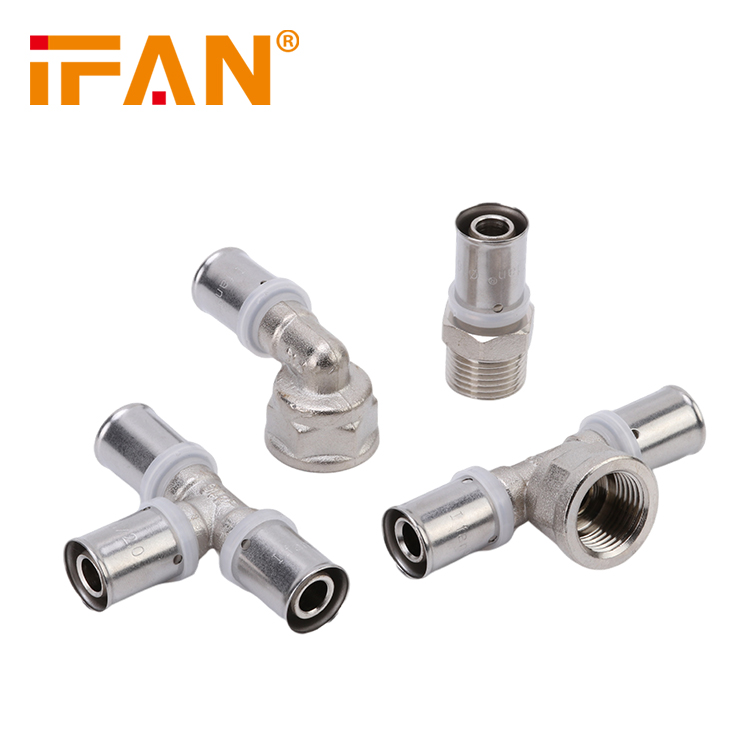
Industry Standards for Pressure Ratings
The pressure capacity of PEX fittings is evaluated based on industry standards, including:
- ASTM F877: This standard establishes the pressure-temperature ratings and dimensional requirements for PEX fittings used in plumbing applications.
- ASTM F1960: Specifically designed for PEX expansion fittings, this standard defines the pressure-temperature ratings and installation methods for these fittings.
- NSF/ANSI 14: This standard sets the requirements for PEX fittings in potable water systems, including minimum pressure ratings.
Typical Pressure Range for PEX Fittings
The pressure capacity of PEX fittings depends on the fitting type, size, and application. Although specific pressure ratings may vary among manufacturers, here is a general overview of the typical pressure range for PEX fittings:
- PEX Press Fittings: PEX press fittings, which create a secure connection through the use of a press tool, are typically rated for pressures up to 200 psi (pounds per square inch).
- PEX Expansion Fittings: PEX expansion fittings, installed using a specialized expansion tool, usually have pressure ratings ranging from 80 psi to 160 psi, depending on the size and material.
- PEX Crimp Fittings: PEX crimp fittings, secured with a crimp ring or cinch clamp, typically have pressure ratings ranging from 80 psi to 160 psi, depending on the size and material.
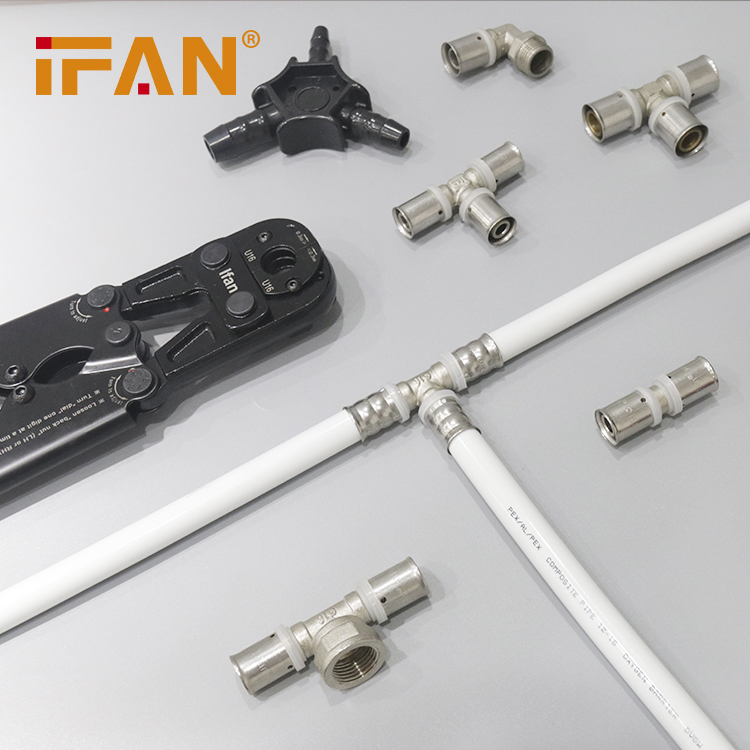
Considerations and Safety Measures
While PEX fittings have robust pressure capacities, it is important to consider the following factors:
- Operating Pressure: Select fittings that can handle the maximum expected operating pressure of your plumbing system to ensure safety and longevity.
- Temperature: Higher temperatures can affect the pressure capacity of PEX fittings. Refer to manufacturer guidelines for specific temperature limitations.
- System Testing: Before putting the plumbing system into service, perform pressure testing to confirm that the fittings can withstand the desired pressure without leaks or failures.
- Manufacturer Specifications: Always refer to the manufacturer’s specifications and guidelines for the specific pressure ratings of their PEX fittings.
Conclusion
The pressure capacity of PEX fittings is influenced by various factors, including material quality, fitting design, temperature, and installation technique. Adhering to industry standards and manufacturer guidelines is essential for selecting fittings with appropriate pressure ratings. Understanding the typical pressure range for PEX fittings allows for proper selection and installation, ensuring the safety, reliability, and longevity of plumbing systems.

